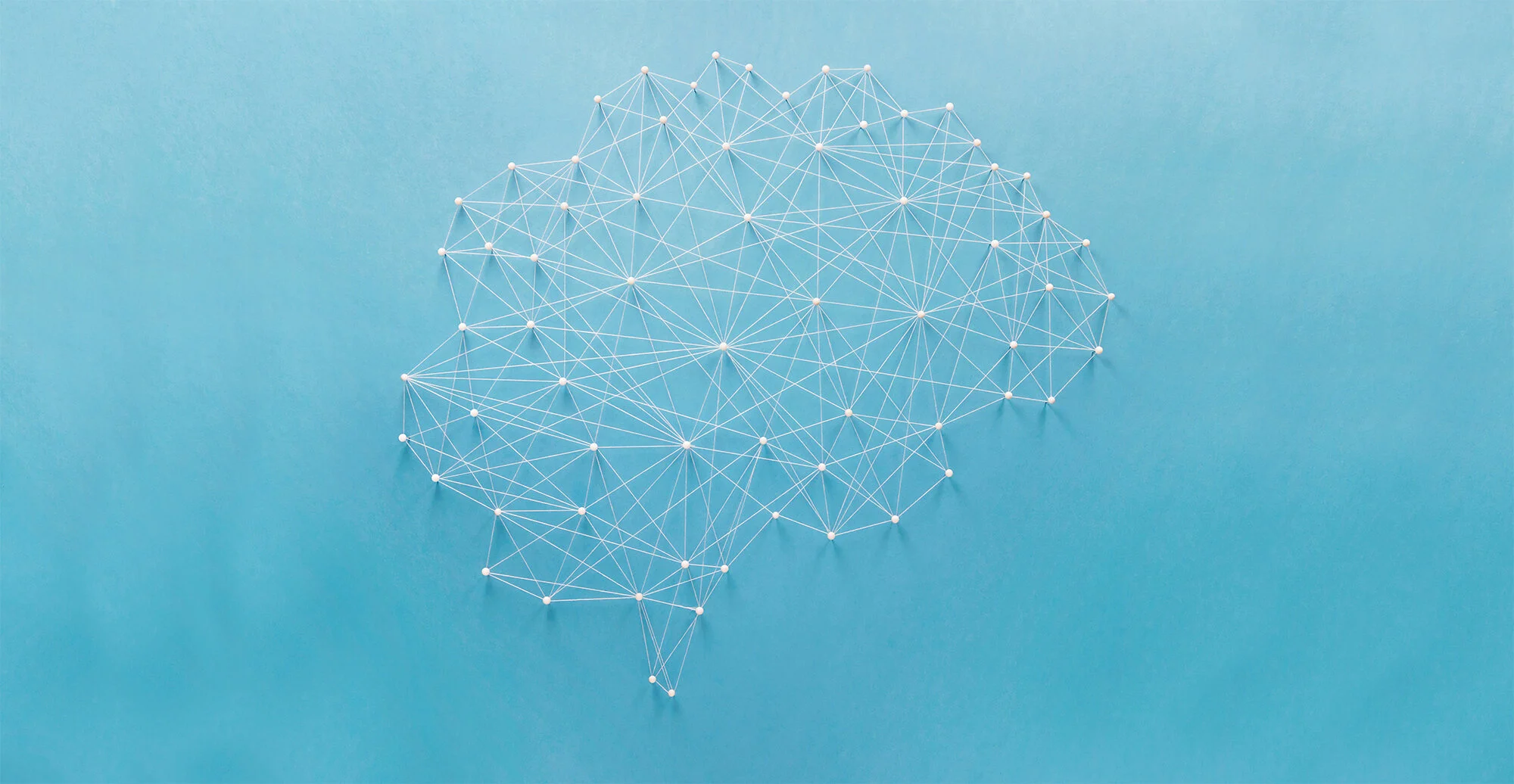
Networks & Complexity
In 10th grade, students turn their focus outward and use an interdisciplinary approach to explore networks and complexity, learning about and connecting with the communities in which they live. Students gain an appreciation for the nuances and complicating factors that accompany problem-solving in the real world. Over the course of the year, they move beyond theory to understand how organizations, businesses, and governments actually work. Through civic engagement, students develop empathy and an appreciation for the interconnectedness of our world.
Opening Intensive
Foundations in Digital Media
In this three-week intensive course, students will explore how to communicate creatively and effectively through photography, video, and graphic design. Guided by their instructors and supported by professional artists, filmmakers, animators and photographers, students will develop the tools to light and compose images and videos, and to create original posters and infographics. Skill-building photo shoots will help students to see the way a photographer sees and tell stories through their images. Students will explore a variety of tools in Canva, an online graphic design platform, working together to create a poster and an infographic. Through a stop-motion video project, students will weave together the elements of character, setting and lighting to create a visual story. Through all of their artistic work, students will hone skills of giving and receiving feedback and curating their work for a final showcase.
English
English 2 - American Literature
This course builds upon the reading, writing, speaking, and listening skills introduced in E100, but within the framework of “America.” By analyzing a number of texts, students explore how differing voices have shaped the concept of “America.” Guiding questions include: “What is ‘America’?”; “How do different individuals relate to the concept of ‘America’”?; “What does ‘America’ mean in a country of so many diverse viewpoints and life experiences?” Students hone their speaking and writing skills through essays, research projects, creative fiction, personal reflections, Socratic seminar, and debate. Units include poetry, short stories, theater, and novels, with authors representing a wide diversity of voices, times, places, and styles. Students hone their creative writing by drafting and revising poetry and short stories, and their argumentative and analytical writing through essays. Grammar and vocabulary instruction are woven throughout.
History & Social Sciences
American History
What is the United States? How can the history of the United States best be understood? The U.S. is a country of contradictions: It declared that all men are created equal, yet it enslaved millions of Black men, women, and children. The notion of “separation of church and state” exists, yet “God” is written on the dollar bill. The U.S is “the land of the free,” yet it has the largest prison population in the world. The drafters of the Constitution feared having a standing army, yet the U.S. has the world’s most expensive military. Native Americans were driven from their land by settlers who turned around and argued that immigration should be limited to protect those who had already arrived. This course is an introduction to the themes, texts, and moments that have come to define the United States. We will explore issues of equality, justice, and power. The students will focus on reading analytically, debating persuasively, and writing with precision. This course will not provide answers; it will provide the students the tools to find their own answers to what the United States means to them.
Math
Algebra 2
Students strengthen their algebraic and algorithmic thinking in Algebra 2. This course guides students through deep explorations of quadratic equations and higher degree polynomials, trigonometric functions, radical expressions, exponential and logarithmic expressions, and systems of equations and inequalities. A major underlying emphasis of this course is patterns in reasoning, including visual analysis and problem solving. The course uses experiential projects, hands-on laboratory activities, interactive classes and skills-based assessments to offer students feedback on content mastery and opportunities for growth. Projects give students the opportunity to creatively apply their skills to highly relevant, real-world problems that are important to them. Problems solved are designed to reinforce planning, time management, ability to fluidly connect concepts, as well as students’ tenacity and other mature habits of mind.
Science
Chemistry
This lab-based chemistry course builds students’ conceptual understanding of chemistry, effective laboratory techniques, quantitative problem-solving, and critical thinking with an explicit emphasis on how chemistry impacts our daily experience of the world and the health and wellbeing of our global and industrial ecosystem. Much of the course revolves around students’ developing the ability to use macroscale observations to infer nanoscale events. Major topics include, but are not limited to, atomic theory, molecular structure, chemical reactions, stoichiometry, equilibrium, thermochemistry, acids, and bases. Students use qualitative and quantitative data gathered during experiments to independently explore these topics. Laboratory work, independent research, and experimental design are central to our chemistry course and provide opportunities for students to demonstrate their understanding in diverse ways. The objective of this course is to leave with a vivid chemical imagination, rather than reflexive use of equations to solve isolated problems. Even if this class is your last formal training in chemistry, the way you think about our molecular world will remain long after the equations have faded.
Spanish
Your World and the Future
Students expand their skills in reading, writing, listening to, and speaking Spanish through an exploration of themes related to networks and complexity, including society, health, communication, science, technology, and innovation. They explore a wide range of cultural production (films, short stories, cultural practices) from different parts of the Spanish-speaking world. Classes are fully immersive; students use exclusively Spanish as they learn vocabulary and grammar through projects such as designing a house of the future and creating a cultural guide to a city or town from the Spanish-speaking world.

